60 accounting account accounting is used to reflect data on amounts due to suppliers or contractors, as well as paid to them. This is a universal and necessary account, regardless of what kind of activity the company carries out. One way or another, any legal entity has a monetary relationship with suppliers or contractors. Consider the accounting for calculations of this type, and also find out: account 60 - active or passive?
Who are the suppliers and contractors?
As already mentioned, no company can exist without interaction with other subjects of the economy. Who are the suppliers called? These are the companies that supply goods and materials and provide various services (including utilities). Contractors include only companies providing repair and construction services. In both cases, these are legal (sometimes physical) persons who supply the company. In this connection, commodity-money relations arise. One organization becomes a debtor to another. To fix settlements with suppliers use the account “Settlements with suppliers and contractors”.
Account 60 in accounting: purpose
This account is used by everyone and everything: almost every accountant has somehow come across it. In the design of transactions with suppliers and contractors, usually there is no difficulty. To determine the amounts in the correct part of the account (debit or credit), you need to know for sure: is account 60 active or passive? Decisions should be made after consistent thought.
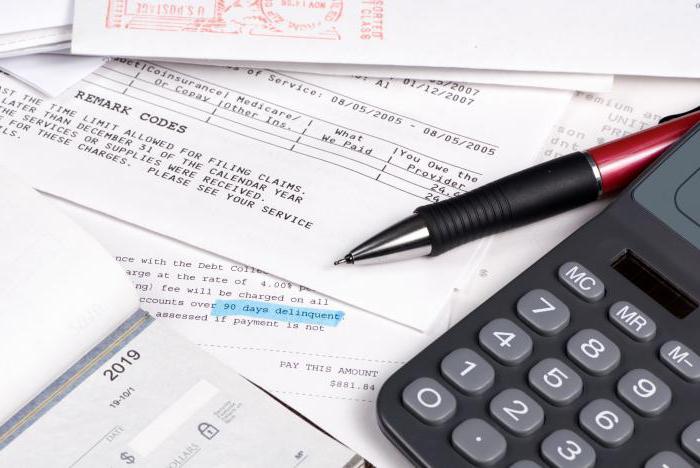
What happens when a supply of goods and materials or works / services is provided to an enterprise? Who owes to whom? If you look from the side of "our" enterprise and some supplier there, then an obligation has formed on our account: to pay for the delivery. This is payables. We go further: does the relationship between suppliers and customers describe only the obligations of the latter to the first, or do other turns in the calculations occur? And indeed, do happen. For example, advance payment or exchange of goods and materials. Here the opposite situation may arise: the supplier will become the debtor. It was for the characterization of such difficult and at the same time almost daily trading relations that account 60 was created.
Score 60: what is it?
The accounts were sorted out with purpose, and everything seemed to become clear. And what about its structure? What is he - score 60, active or passive? Based on the fact that it reflects both receivables and payables, these accounts find their place both in assets and liabilities. Therefore, the account is active-passive. Balance at the end of the month can be formed both on debit and on credit. But more often, of course, the second option takes place.
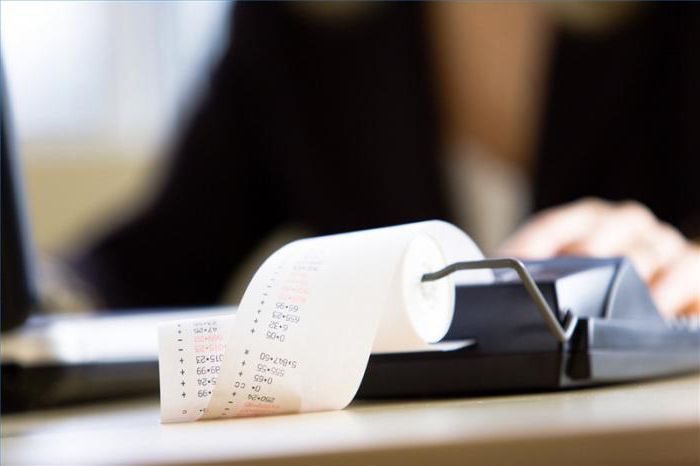
In what cases is the account credited? Regardless of when the right to ownership of goods and materials or services (works) is transferred, the amount to be paid to suppliers is reflected in account 60 immediately after receipt of goods and materials or services (works) with the corresponding supporting documents. An account is debited when repaying debts to suppliers, as well as when advance payments and deductions in the exchange of goods and materials.
Interaction with other debit accounting accounts
According to the principle of double entry, any business transaction should be reflected in the accounting documents in the debit of one and the credit of another account for the same amount.In order to correctly compose transactions describing changes in the balance in connection with the receipt (reduction) of funds, you need to know the characteristics of each of the corresponding accounts. To answer the question: “Which score is 60 - active or passive?” Is no longer difficult for readers: active-passive. We will show an increase in liabilities in credit, and their decrease in debit.
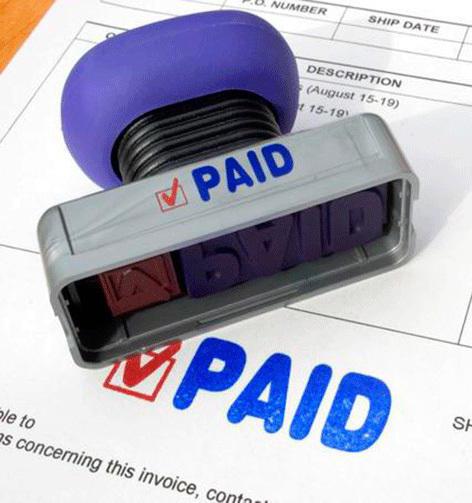
What accounts does 60 account interact with? First of all with settlement: 50, 51, 55.1. They are used to pay off debts to suppliers. For example, the amount paid is current account for the supply of goods. The posting will look like this: Dt 60 Ct 51. A similar account assignment is compiled when transferring an advance payment. It is worth noting that such amounts should be accounted for in a separate subaccount. For example, Dt 60.2 Kt 51 - an advance is transferred from the current account.
In addition to money accounting accounts, debit account 60 can enter into correspondence with accounts 66, 67, 91. This happens if the debt was repaid by registering a short-term or long-term loan (accounts 66, 67). Amounts expired are written off to 91 accounts, recognizing them as other income.
Credit Account Correspondence 60
On credit, the account corresponds to the asset accounting accounts: 07, 08, 10, 15, 19, as well as 20, 41, 44, 94. For example, the debit of accounts 10, 15 and 41 reflect the amounts received from suppliers of inventories or inventories. The expenses incurred by the enterprise for the delivery of goods or inventories are reflected in the debit of accounts 20 or 44 in correspondence with the credit of the account “Settlements with suppliers and contractors”. Upon receipt of equipment that requires installation, the amounts are charged to debit bills 07.
If account 60 is accepted, that is, the buyer gives his consent to repay the arrears resulting from the delivery, the amount for which the operation is carried out is indicated in the credit of account 60. Here it is customary to indicate the value of VAT for goods and materials and inventories, as well as shortfalls associated with with the process of receiving goods.
Organization of analytical accounting on account 60
Without a more detailed account of the funds that the organization must pay to suppliers (or have already paid), accounting would become a real mess. It is recommended to conduct analytical accounting according to account 60 for each of the suppliers and contractors. In this case, the amounts should clearly inform which accounts are past due, which are repaid, on which the advance or promissory note was issued, whether the payment term has expired, etc.
Sub-accounts 60 accounts can be opened of this type:
- 60/1 - to account for settlements with suppliers and contractors;
- 60/2 - to collect information on advances paid for planned deliveries (provision of services);
- 60/3 - for accounting issued bills.
In addition to the listed units of analytical accounting, similar sub-accounts of 60 accounts can be created to account for settlements in foreign currency. At the end of each month, a final balance is formed on each of them. The sum of balances on all sub-accounts of account 60 must coincide with the value of the final balance in the synthetic account.
For reconciliation of information used turnover sheet. Thanks to it, it is possible to detect arithmetic errors in time and correct them. In addition, the data entered in this checklist allows you to analyze the indicators for any date, and not just at the end of the year or a certain period. The turnover sheet is also used for various analyzes of the economic situation at the enterprise: not all data can be obtained from the financial statements. Sometimes interim audit documents provide much more information than you would expect from them.
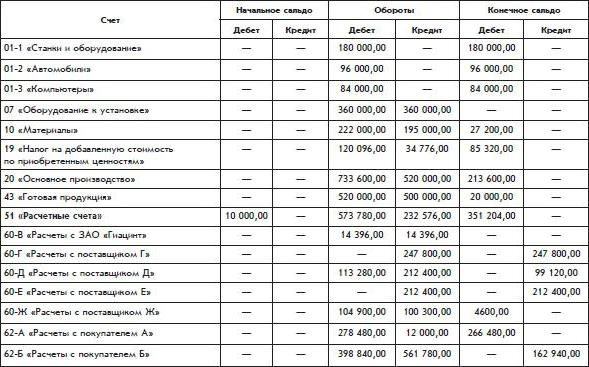
The register, on the basis of which the data is entered into account 60 and its subaccounts, is journal order No. 6. The balance of account 60 is reflected in the balance sheet: in section V for the amount of payables, in II as part of receivables.
Accompanying documents
Any operation that has been completed must be confirmed by primary registers.Based on them, further documentation is compiled. The goods are accompanied by papers established by law, including:
- waybills and waybills for freight transport accounts;
- invoices;
- product specifications;
- certificates for the goods;
- other documents.
In a separate line highlight the amount of VAT, which then, on the basis of the invoice, the buyer can reimburse. In this case, the invoice must be submitted no later than 5 days from the date of shipment of goods and materials. Two copies are filled out, one of which is presented to the buyer, and the second remains with the seller. Records of accepted invoices and VAT amounts are accumulated in special journals, after which the company has the right to reduce the VAT paid to the budget.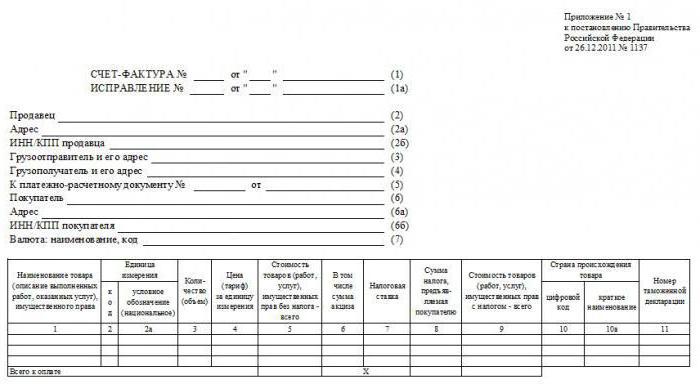
How to reflect the entry of goods and materials in accounting?
Account 60, whose debit credit reflects the amount of debt to suppliers or suppliers themselves, is easy to use in accounting. Accepted - by credit, paid - by debit. Everything seems to be simple. But there is a small caveat: VAT. Upon receipt of goods and materials, two amounts must be allocated. One of them will include VAT, the second - no. The amount without VAT is reflected in the accounts of assets received. For example, materials were received in the amount of 32 thousand rubles (including VAT 4,200 rubles). The accountant draws up the transaction: Dt “Materials” Kt “Settlements with suppliers” for an amount equal to 32,000 - 4,200 = 27,800 rubles. The remaining VAT amount shall be allocated to the “VAT” account by the account assignment: Dt “VAT” Kt “Settlements with suppliers”. Postings make up at the same time.
If the buyer is not a VAT payer, then the total amount is not divided into parts, but is indicated completely on account 60. Do not forget that the amount without VAT must coincide with that indicated on the invoice issued by the supplier.
Payment for delivery upon receipt
If in contract for the supply of goods or provision of services, it is indicated that it is necessary to pay the amount set by the supplier immediately after the arrival of goods and materials to the buyer, then the accountant prepares the receipt, and then pays for the delivery. In this case, the following entries are made in accounting:
- Dt assets account (08, 10, 20, 41, etc.) CT “Settlements with suppliers” - the supplier account is accepted.
- Dt “VAT” Ct “Settlements with suppliers” - from the amount allocated and accepted for VAT.
- Dt “Mandatory payments to the budget. VAT ”CT“ VAT ”- the amount of VAT is directed to deduction.
- Dt "Settlements with suppliers" Kt "Settlement account" - the invoice for the provision of goods and materials paid.

It often happens that the buyer and the supplier (contractor) agree to pay in advance. After the transfer of funds is delivered. To do this, open a document marked "Suppliers" (account 60) and the corresponding sub-account, where information is collected on advances issued. The procedure is fixed by three postings:
- Dt “Advances issued” CT “Settlement account” - the advance payment to suppliers is transferred.
- Dt accounts of assets accounting CT “Settlements with suppliers” - inventory and materials received and registered.
- Dt “Settlements with suppliers” Kt “Advances issued” - an advance payment issued earlier was set off.
Accounting for bills issued to suppliers
In addition to the most common methods of calculating the fact and in advance, there is such an option to pay for the assets received, such as issuing a bill. Thus, the buyer wins a little time and gives a guarantee of fulfillment of his obligations on time. Accounting for issued bills is made on one of the sub-accounts 60 accounts. Let's say this is subaccount. 60.3. Consider the accounting entries that are compiled during this operation:
- Dt accounts of assets accounting CT “Settlements with suppliers” - received received goods and materials or work performed (services rendered) are registered.
- Dt “Settlements with suppliers” Kt “Promissory notes issued” - a promissory note was issued to the supplier in payment of the amount due for the goods.
- Dt “Promissory notes issued” CT “Settlement account” - the bill is repaid in due time.

Thus, the organization of accounting in any of the possible methods of payment for delivery is quite simple.
Account 60 - a kind of piggy bank of information about settlements with suppliers and contractors. This is one of the main articles of the company's obligations, which is reflected in the annual reporting and significantly affects the economic situation of the company. Accounting on account 60 should be organized correctly, structured and provide all the necessary information about fulfilled, deferred, fulfilled and past due obligations to suppliers.